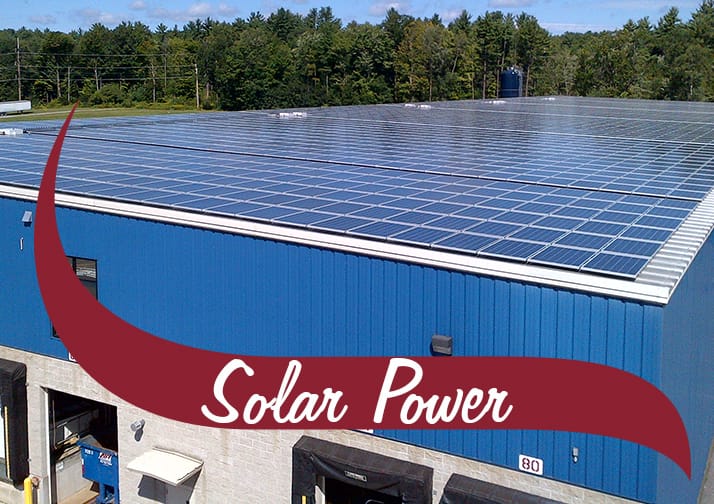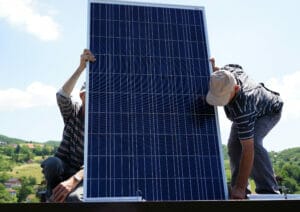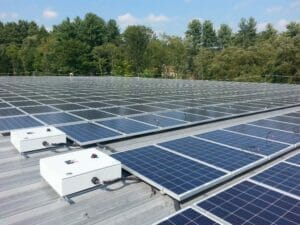
To honor Earth Day on April 22nd, we will be posting a blog each week to share some Stewart’s environmental sustainability initiatives we have in place.
Stewart’s Solar Trivia
Let’s start off with some Stewart’s Solar Trivia! Answers can be found at the bottom of this blog.
Q: How many MWh of energy did our solar panels generate last year in total?
Q: In which month last year did we generate the most energy?
What Do We Use Solar For?
 As a leading energy provider in New York State, Stewart’s Shops has many sustainable efforts in place. We use thousands of solar panels to offset electricity used at our manufacturing plant as well as the energy of more than 50 shops! These solar panels offset electricity used on hot summer days when ice cream production is at peak demand. To see the efficiency of the Stewart’s solar panels located at the plant in real time visit Stewart’s Live Solar Data.
As a leading energy provider in New York State, Stewart’s Shops has many sustainable efforts in place. We use thousands of solar panels to offset electricity used at our manufacturing plant as well as the energy of more than 50 shops! These solar panels offset electricity used on hot summer days when ice cream production is at peak demand. To see the efficiency of the Stewart’s solar panels located at the plant in real time visit Stewart’s Live Solar Data.
Stewart’s Shops is focused not only on environmental sustainability but also economic sustainability. All Stewart’s solar panels are placed and used strategically. All panels and solar farms make sense in their respective areas to offset energy of specific operations.
The Positives & Negatives of Solar
It’s important to know that there are many positives AND negatives that come with renewable energy. Solar energy is a great example of clean energy that presents positives and negatives.
Positives:
- Solar energy is a low-emission green energy, meaning solar panels do not produce any air pollution.
- When our plant is at peak performance, we need the greatest amount of power for operations like refrigeration to make ice cream or run dairy. These solar panels help us offset the peaks in demand. In the summer there’s more sun and a higher demand for ice cream. In the winter there’s less sun and a lower demand for ice cream.
- It’s critical to avoid overpowering the energy grid in our area, which these solar panels help us to do. If someone were to overpower their grid, businesses and homes that use the same electrical grid could experience brownouts and even blackouts!
Negatives:
- To avoid issues like blackouts from overdrawing from the electrical grid, power companies have a demand charge on commercial customers (like Stewart’s Shops) that’s usually higher than the actual energy consumed per hour.
- What is demand charge? When a shops power usage spikes, the cost of all electricity used spikes. The power bill is priced at the highest level of usage (or demand) used during that month.
Stewart’s Solar Fun Facts

- We have 2,400 individual solar panels on our manufacturing plants roof! This initiative offsets $40,000 in energy costs per year! This is the equivalent of removing 80 cars off the road annually!
- These panels offset 15% of the energy cost of operations in the plant!
- Our solar plant project was so successful we joined solar farms.
Trivia Answers!
Q: How many MWh of energy did our solar panels generate last year in total?
A: 553 MWh
- That’s equivalent to…
- 553,000 kWh
- 773,560.2 lbs of carbon
- 372 trees saved
- 325 barrels of oil
Q: In which month last year did we generate the most energy?
A: July (about 83,000 kWh)

To learn more about Stewart’s Eco-Responsibility click HERE.
